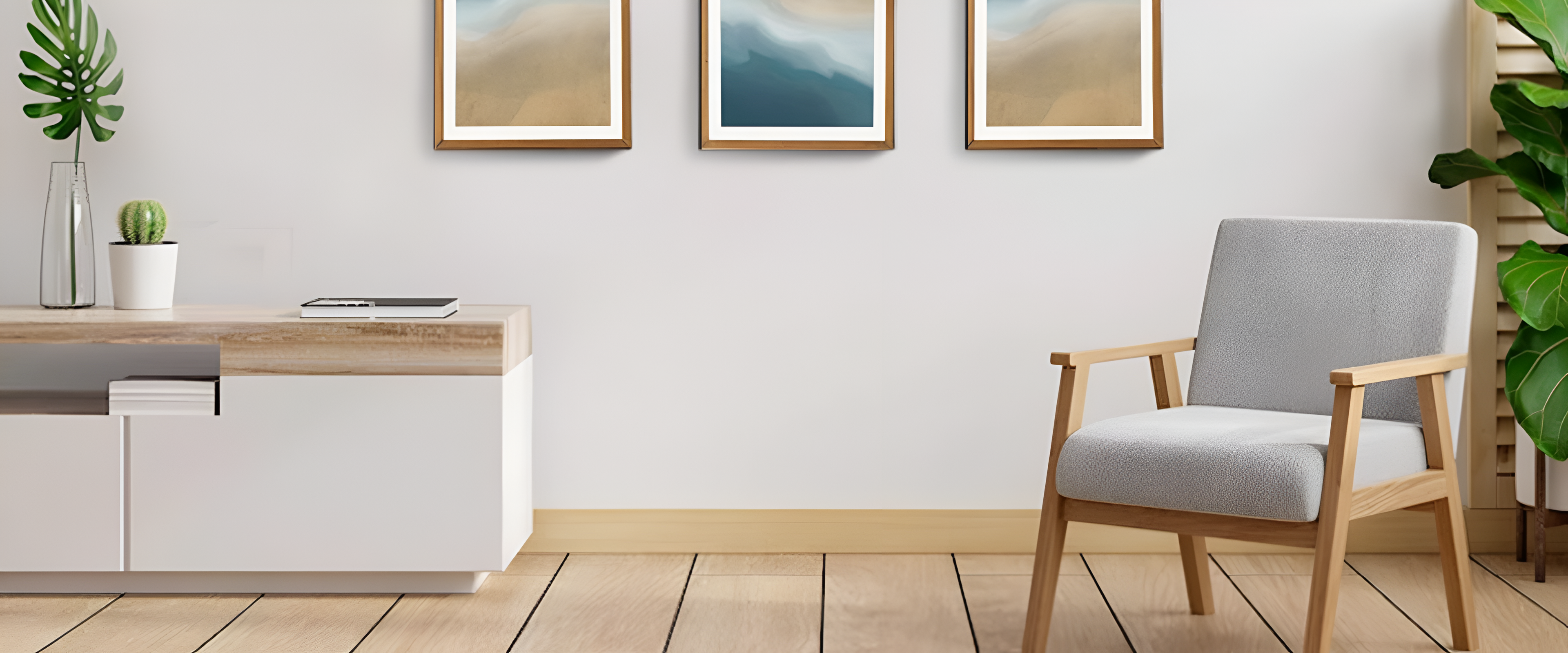
Choosing the Right Materials for Your Roof
Your roof is one of the most important aspects of your home, providing protection from the elements and enhancing the overall aesthetic of your property. Choosing the right roofing material is a critical decision that impacts the durability, energy efficiency, and maintenance costs of your roof. This guide will help you understand the various roofing materials available, how to choose the right one for your home, and the factors you need to consider before making your decision.
1. Understanding the Different Roofing Materials
There are a wide variety of roofing materials available, each offering different benefits and drawbacks. The most common types of roofing materials include asphalt shingles, metal roofing, clay or concrete tiles, wood shakes, and slate. Asphalt shingles are the most widely used and affordable option, while metal roofing is known for its longevity and energy efficiency. Clay and concrete tiles are often used in areas with warm climates, offering durability and aesthetic appeal. Wood shakes add a natural look to your roof but require more maintenance, and slate is a high-end material that provides a luxurious appearance and long lifespan.
2. Factors to Consider When Choosing Roofing Materials
When choosing the right roofing material for your home, several factors should be considered. First, the climate in your area plays a major role in determining which material will work best. For example, if you live in a region with heavy snow, a durable and weather-resistant material like metal or slate is ideal. If you are in an area prone to wildfires, fire-resistant materials such as clay or concrete tiles will provide extra protection.
Another important factor is the style of your home. Different materials have different aesthetics, so it's important to select a roofing material that complements the architectural style of your home. For example, wood shakes may look great on a cottage-style house, while metal roofing might be better suited for a modern or industrial look.
Additionally, you should consider the cost of materials, both in terms of initial installation and long-term maintenance. Asphalt shingles are generally the most cost-effective, but they may require more frequent repairs and replacements compared to higher-end materials like slate. Metal roofing, while more expensive upfront, can be a great long-term investment due to its durability and energy-saving qualities.
3. Longevity and Durability of Roofing Materials
Different roofing materials offer varying levels of durability and longevity. Asphalt shingles typically last around 20-30 years, depending on the quality of the shingles and the climate. Metal roofs, on the other hand, can last up to 50 years or more with proper care. Clay and concrete tiles can last for decades, and in some cases, over 100 years. Wood shakes may last 30 years or more, but they do require regular maintenance to prevent issues like rot or insect damage. Slate is one of the longest-lasting materials, with a lifespan of up to 100 years or more, but it comes with a higher price tag.
4. Energy Efficiency of Roofing Materials
Energy efficiency is a crucial consideration when choosing roofing materials. Some materials, such as metal roofs, are highly reflective, which helps reduce heat absorption and keep your home cooler in hot climates. This can result in lower cooling costs in the summer months. Other materials, such as asphalt shingles, absorb more heat, which may increase the demand for air conditioning. If energy efficiency is a priority for you, look for materials with high reflectivity or consider installing a reflective coating to enhance the performance of your roof.
5. Maintenance and Repairs
Different roofing materials require varying levels of maintenance. Asphalt shingles are relatively low-maintenance but may need repairs or replacement more frequently than metal or tile roofs. Metal roofs are known for their low maintenance, as they are resistant to cracking, warping, and rotting. Clay and concrete tiles require little maintenance, but broken tiles can be difficult and expensive to replace. Wood shakes require more maintenance, as they must be cleaned regularly and treated for mold or insect damage. Slate roofs are durable and require minimal maintenance but may need professional repair if individual tiles break.
6. Conclusion
Choosing the right roofing material is essential for ensuring the long-term durability, energy efficiency, and aesthetic appeal of your home. Consider the climate, cost, style, and maintenance requirements of different materials before making your decision. Investing in a high-quality roof will not only enhance the protection of your home but also add to its overall value and curb appeal. Whether you choose asphalt shingles, metal roofing, or another material, make sure to hire a professional roofer for installation to ensure your roof is properly installed and will last for years to come.


Leave a Comment